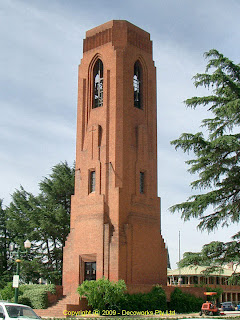The Mascot Inn

The Mascot Inn at 952 Botany Road, Mascot, was previously known as the Tennyson Hotel. It was designed by Sidney Warden who was the most prolific of the several architects who designed hotels for Tooth & Co. Other architects who worked for Tooth & Co - Sidney Ancher, Sam Lipson, Rudder & Grout - were better known, but none designed so many hotels or so many well-known hotels as Sidney Warden. By his own count, Warden's work encompassed 392 hotels including familiar structures such as the Clare, the Lansdowne, the Broadway, the Henson Park, the Marrickville, the Star, the Native Rose, the Chatswood, the Mayfair, the Oxford, the Light Brigade .... a pub crawl of Warden's hotels would be a lengthy session! Sources: Powerhouse Museum Archives















